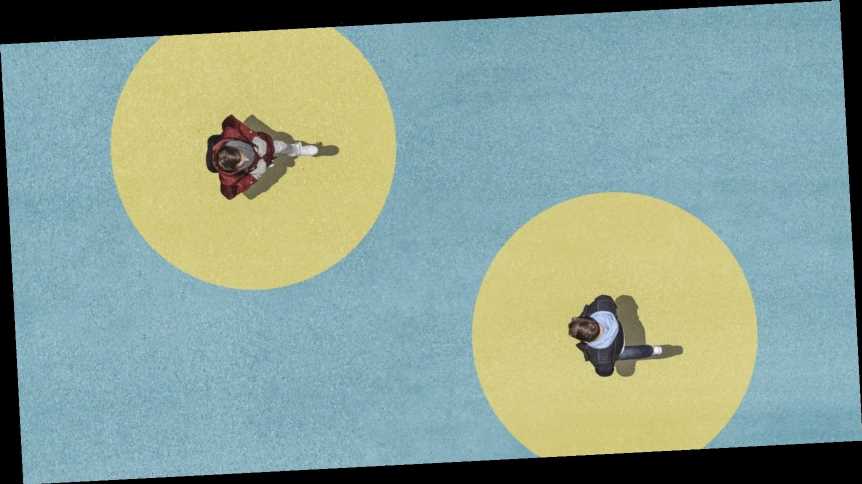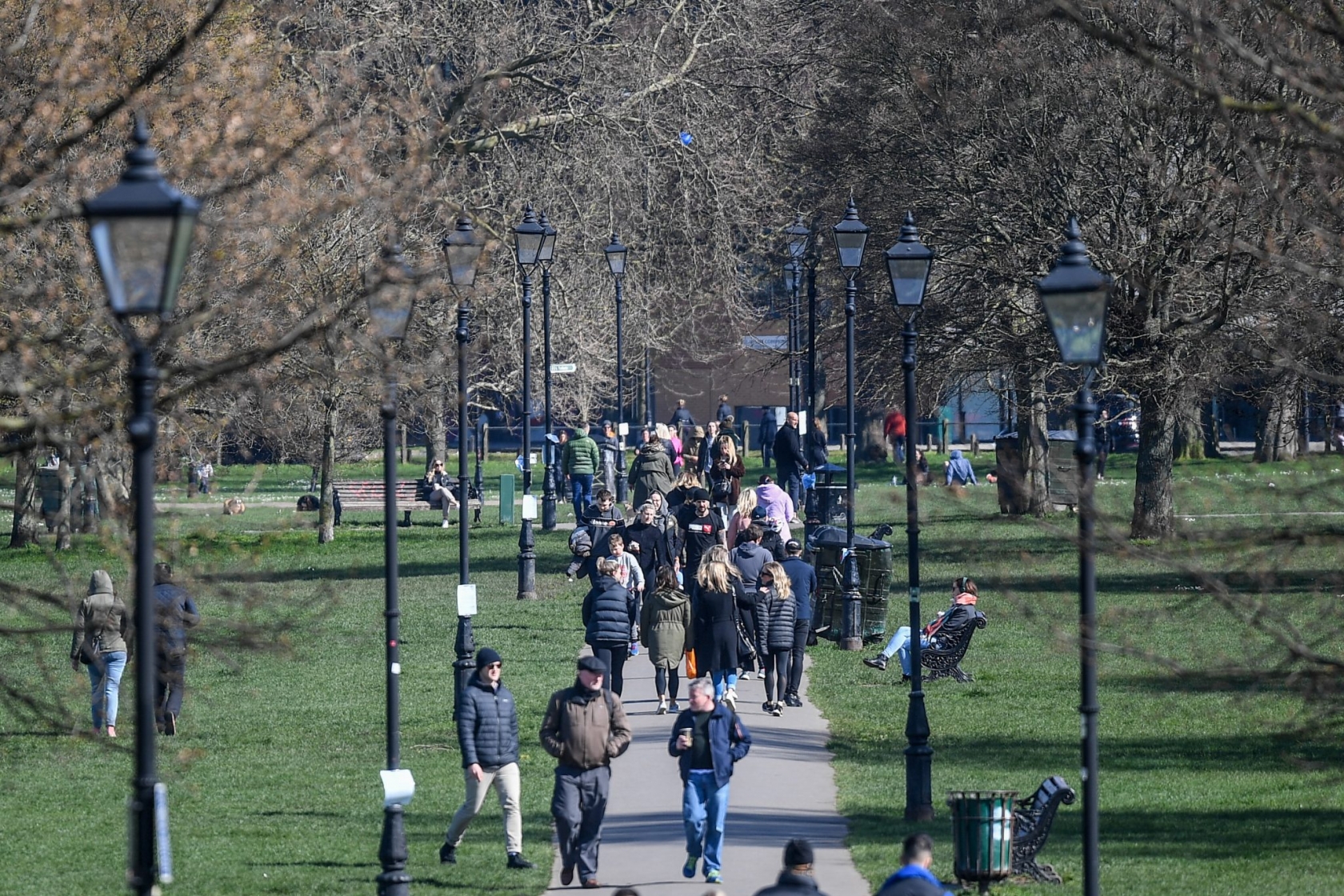Wondering how social distancing works to halt the spread of coronavirus, or looking for evidence to show a stubborn friend? These clever graphics demonstrate how powerful staying home can be.
It’s strange to think that, just a couple of months ago, many of us were completely oblivious to the concept of “social distancing”. Sure, many of us could have hazarded a guess at what it meant, but the idea that it would become such an integral part of our everyday lives was something none of us could have imagine.
Flash forward eight or so weeks, and everything has changed. Social distancing is now one of the most powerful tools we have to stop the transmission of coronavirus – with many shops and public places using floor markings to ensure that everyone on the premises stays two metres apart.
However, despite all of the social media conversation, government advice and news reports praising the effectiveness of social distancing, it seems not everyone is aware of how important this measure really is. Over the weekend, thousands of people were seen congregating on beaches and in parks up and down the country – with group cycle rides and exercise classes still going ahead as usual.
And that’s not the only way people seem to be disregarding the social distancing advice. Many people still seem to believe that meeting up with friends or hosting a party will be OK as long as they host it inside their house, which just isn’t true.
The Government’s official social distancing guidelines include the avoidance of both large and small gatherings in public places, and gatherings with friends and family. It also says we should “work from home, where possible,” avoid “non-essential use of public transport” and “stay more than two metres from others” if we go for a walk outside.
If you’ve got friends or family members who are still in denial about the severity of the coronavirus outbreak, and are refusing to practise social distancing where possible, it can be frustrating to try and explain things – especially when their answers involve comments like “it’s just the flu” and “I’ll be fine if I get it”.
The whole idea behind social distancing is that we all take responsibility for the health of others – and avoid non-essential contact to stop the number of cases rising. Just because you’re not concerned about getting the virus yourself because you’re young (which, by the way, doesn’t mean coronavirus isn’t dangerous to you), that doesn’t mean the 10 people you come into contact with if you’re infected won’t experience a more serious illness.
So if you’re struggling to get the message across to someone – or just want to hammer the message about social distancing home – why not show them one of these incredibly powerful social distancing graphics? At scary and unsure times like this it can be even harder to grapple with official advice and terminology, so graphics like these make a concept that may be alienating to some more accessible – and demonstrate just how important social distancing really is.
This clever animation shows how virulent the virus really is – and then demonstrates what happens when people remove themselves from the chain of infection by practising social distancing.
Watch it, and then watch it again.
If you’re more of a numbers person, this graphic explains how one person has the power to infect lots of others, and demonstrates why going about our normal lives when we believe we aren’t affected could put hundreds of lives at risk down the line.
The thing about coronavirus is that it doesn’t discriminate – it can infect anyone, anywhere, no matter who they are. As is shown in this illustration, the virus passes from person to person as long as we’re all together – but when one person decides to stay home and avoid people who potentially have the virus, they stop that line of infection from going any further.
That one person could have saved many lives.
This side-by-side comparison will hammer the point home if none of the other graphics in this list has.
It’s easy to see the impact social distancing has on the overall spread of the virus – so it’s not hard to realise that’s what we all need to do.
This one’s a bit longer, but definitely worth the watch.
Of course, most of us are no longer taking public transport and going into work if it isn’t necessary for us to do our jobs, but this one is particularly great at showing how hospital capacity can be used overloaded when we don’t stop the virus from spreading exponentially.
How can we stop it spreading exponentially? You guessed it – social distancing.
Image: Getty
Source: Read Full Article

